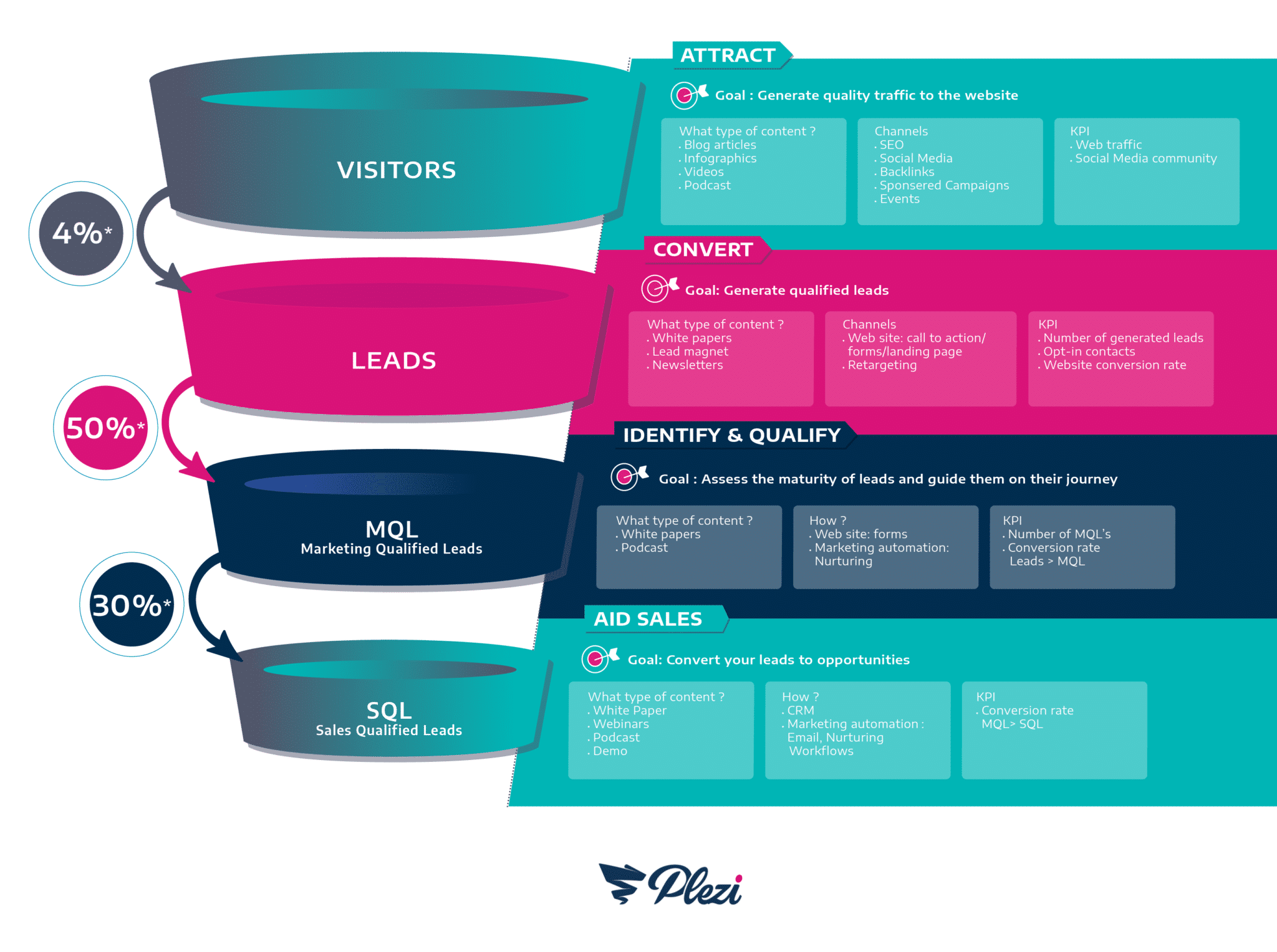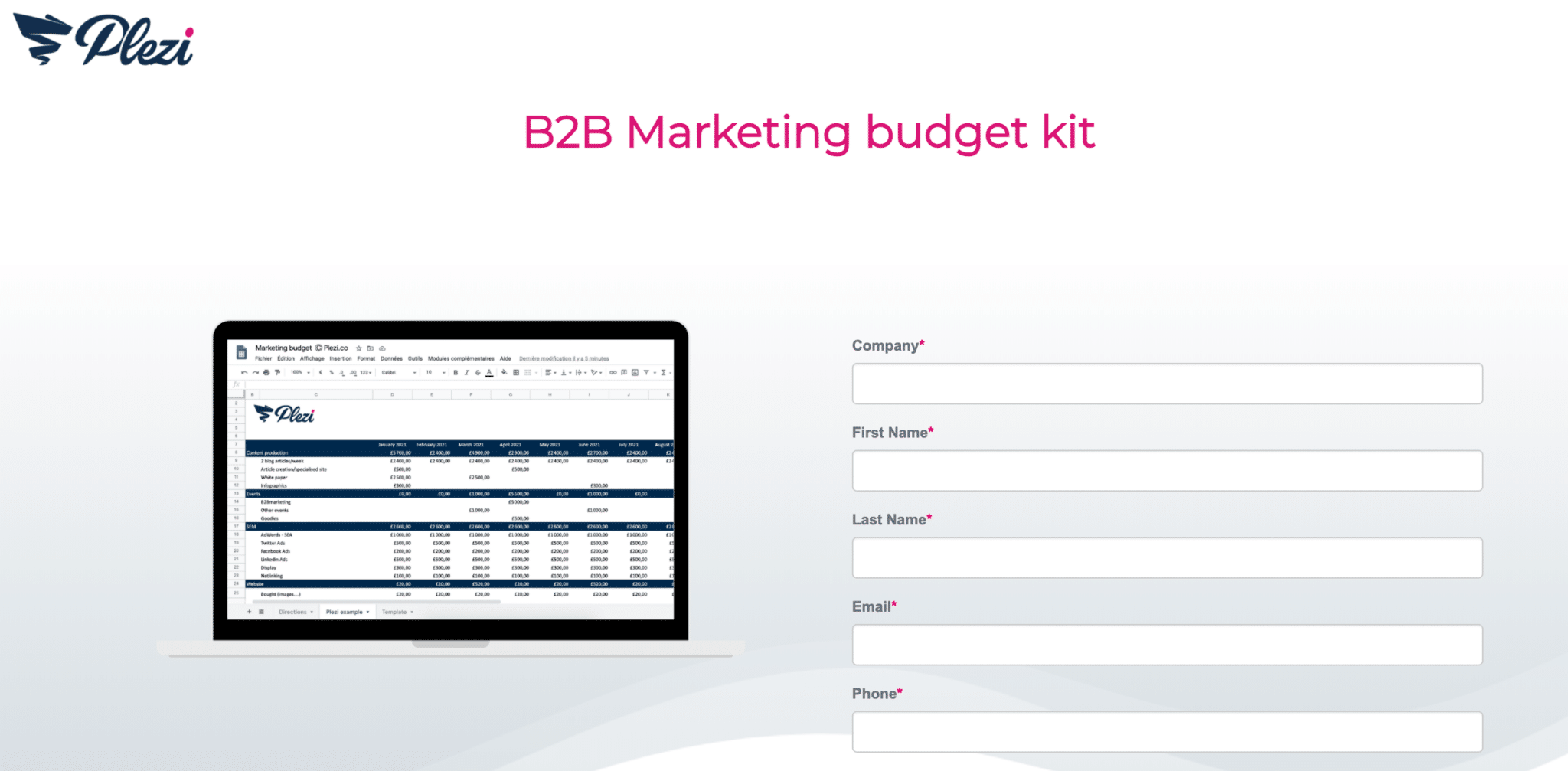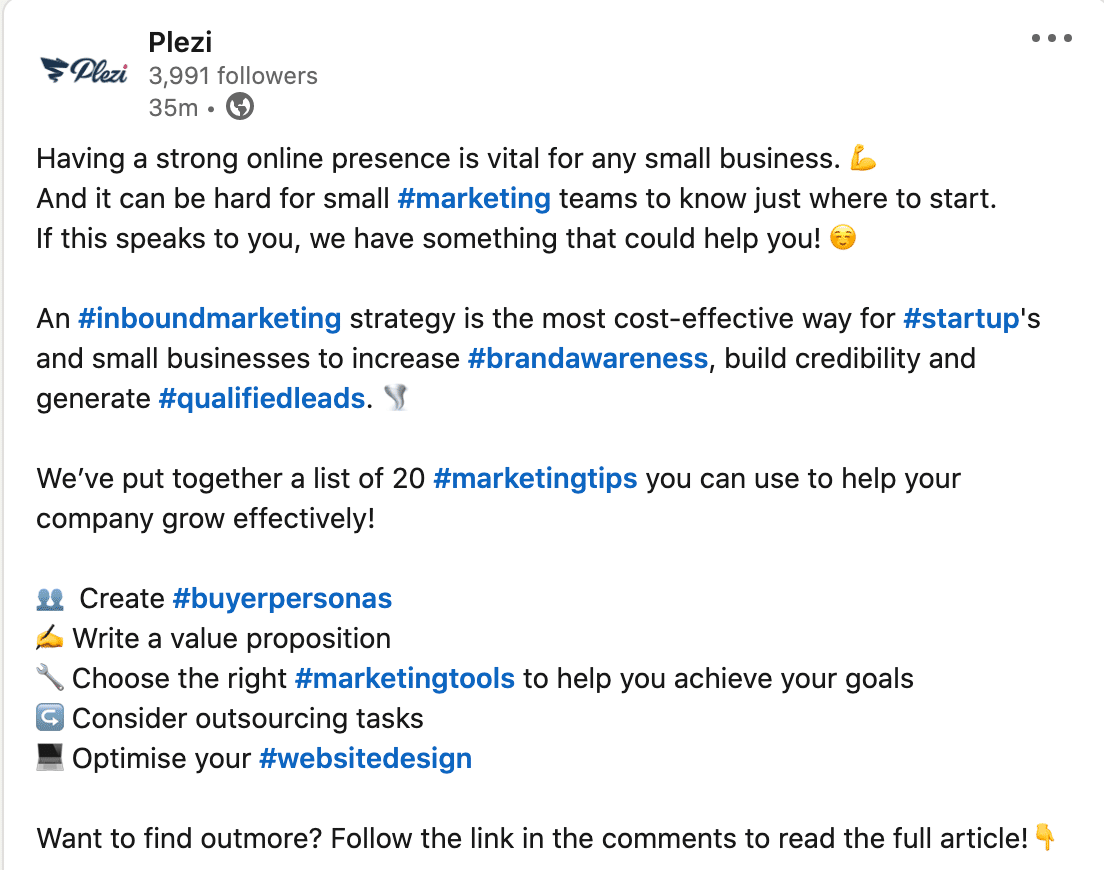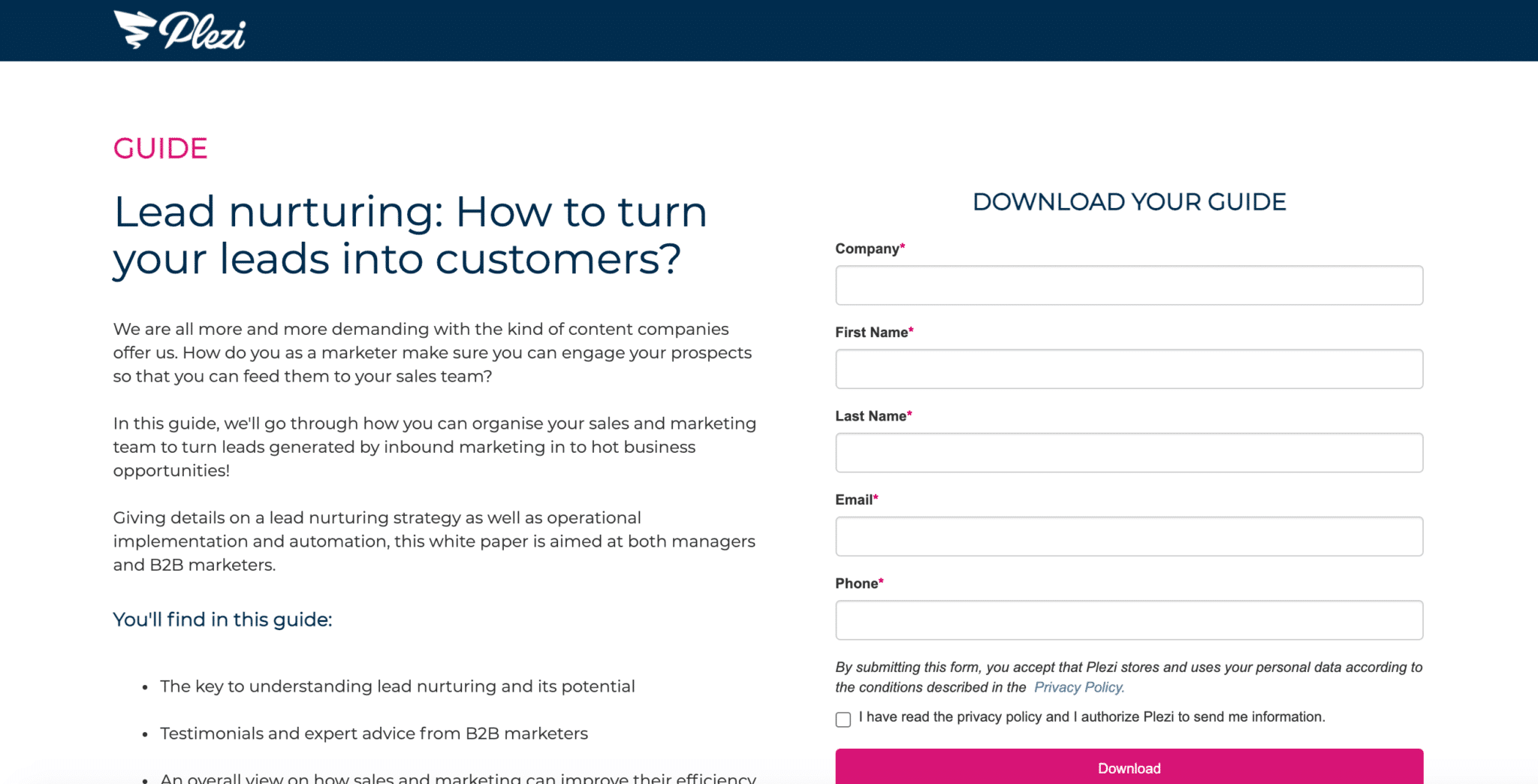An inbound marketing strategy is based on consistently creating and sharing high-quality content online. But that can take time and resources you don’t always have. By repurposing, or adapting, existing B2B content for use in a different format or on another distribution channel, you can keep your editorial calendar full and maximize the investment you’ve already made in creating content.
In this post, we’ll look at:
- Why you should repurpose content
- What content you should repurpose
- How to repurpose blog posts
- How to repurpose white papers
- How to repurpose webinars
1. Why should you repurpose content
Repurposing content, sometimes called recycling content, involves taking an existing piece of content on your website and adapting it for presentation in a new format. This has a number of benefits:
- Saves you time and money: consistently creating high-quality content takes time and effort for marketing teams of any size. That’s especially true for premium content or lead magnets. If you don’t have to always start the content creation process from scratch, you can free up valuable time for other tasks. This lets you maximise your investment in creating existing content.
- Increases content reach: repurposing content for another format often also involves presenting it on another distribution channel. This lets you reach an audience that might not have seen the original content and drive more traffic to your website. It also gives you another chance to reach contacts who might have missed it the first time around.
- Improves website SEO: having multiple pieces of unique content with similar keywords will help signal to search engines that your website is an authority for a particular topic. Presenting repurposed content on different channels also multiplies the chances of earning backlinks to your website to improve your ranking in search engines.
- Makes it easier to scale content creation: repurposing content also lets you quickly increase the amount of content available on your website. Consistently publishing high-quality content is an extremely cost-effective way for businesses of any size to build relationships with prospects and improve brand authority.
2. What content should you repurpose
Once you know the benefits of repurposing content, you might be tempted to start adapting every existing piece of content that you can. But to maximise the impact and usefulness of the content that you do repurpose, you need to make sure that it falls into one, and ideally both, of the following categories:
- Evergreen content: this is content that continues to provide value to prospects and customers over the long term. Unlike content about trending topics or news in your sector, it won’t cease to be relevant after a certain period of time. Ideally, most of the content on your website should fall into this category.
- Popular content: you can also use a tool like Google Analytics or Google Search Console to find the content on your website that has performed best in terms of visitor numbers and conversion rates. Content that has already proved valuable in one format could be an ideal choice to adapt to another content format and distribution channel.
3.How to repurpose blog posts
Blog posts are probably the type of content you’ll have the most of. That makes them an obvious choice for adapting to another content format and there are a number of different ways you can do this.
3.1 Create an infographic
If you have a post that includes a number of statistics, a great way to repurpose it is to use these figures to create an infographic. These help people visualize information, making it more engaging or easier to understand than it might be in a written format. As a result, they are often widely shared online.
You can either use the services of a graphic designer to create this or do it yourself with a tool like Canva. Once you’ve created your infographic, you can integrate it into the original blog post and use it as the basis of one or more social media posts.
(An example of Plezi’s marketing funnel graphic)
3.2 Create a kit
If you have one or more practical “How to” blog posts on a certain topic, you can probably use these to create an instructional kit without too much effort. You can then use this as a piece of premium content that prospects can download in exchange for their contact information.
At Plezi, we used our blog post on how to create a marketing budget to create a kit with a template that marketers can use to draw up a marketing budget. Visitors can access the kit from a call to action in the blog post.
(Plezi’s landing page for the B2B marketing budget kit)
3.3 Create social media posts
A lot of your blog posts can almost certainly be broken up into smaller pieces and used as a series of social media posts. All of these can then feature a link back to your original blog post, giving you multiple opportunities to drive traffic to your website.
If you have blog posts that feature interviews with industry experts, you can also easily take one or more quotes from these articles to use as social media posts which again link back to the original article. These typically generate a lot of engagement.
(A Linkedin post from Plezi presenting the main points of an article)
3.4 Create a video
YouTube is the second biggest search engine in the world. That’s a great reason to repurpose your “How-to” blog posts as YouTube videos. But rather than simply reading your blog posts to camera, you should adapt your written blog post for this audio-visual medium.
Use your post as the basis of a video script and make use of graphics or images in your original blog post. Making YouTube videos might seem daunting at first, but there are a large number of resources available online to help you get started.
(An example of Plezi’s intro video)
3.5 Create a podcast
Podcasts are an increasingly popular format for B2B marketing content because they can save marketers valuable time. If you think that your target audience might listen to them, you can look at repurposing blog posts as podcast episodes.
As with creating a video, you should use your blog post to create a podcast script. If you interviewed an industry expert for the post, consider including a Q&A session with them. Creating a podcast is somewhat easier than making a video because it is a purely audio format.
4.How to repurpose white papers
A white paper will often be the first piece of premium content that you create. They can take a significant amount of time and resources to put together, so it makes sense to maximise your investment by adapting these to other content formats.
4.1 Create blog posts
Perhaps the easiest way to repurpose a white paper is to turn it into a series of blog posts. You can divide up the content of the white paper between the different posts or use the blog posts to expand on different ideas contained in the white paper.
Using the white paper to create a content cluster of blog posts on a related topic can be a great SEO strategy. You can then add a call to action to each blog post that lets prospects download the white paper. Of course, you can also go the other way and repurpose a series of related blog posts as a white paper! You can see on Plezi, for example that we have a series of posts on lead nurturing, as well as our white paper on the very same subject.
(Plezi’s landing page for our Lead Nurturing guide)
4.2 Create infographics
In a similar way as repurposing statistics from a blog post, you can also create a series of infographics from information contained in a white paper. The advantage here is that you might have created some specifically for inclusion in the white paper itself.
You can use these in the series of blog posts that you create from a white paper or adapt them for posting on social media. Infographics can increase traffic to your website and help establish your brand as an authority for a particular topic.
5.How to repurpose webinars
B2B webinars are more popular than ever and a great way to provide your target audience with engaging content. They can also generate leads for a long time after they originally took place. That makes them a good choice for adapting to other content formats.
5.1 Create blog posts
A relatively easy way to repurpose a webinar is to create a transcript of the video and use this as the basis for a blog post. The post can either closely follow the webinar transcript, or you can use it to elaborate on one or more things talked about in the webinar.
There are a number of tools you can use to automatically transcribe video files, or you can use the voice dictation feature in Google Docs to do this while recording your webinar. You can also add the transcript you create to the webinar itself to deliver even more value.
For example, our webinar for Semrush was also transcribed as an article to increase its reach.
5.2 Create social media posts
Video is a great format for creating engagement on social media and is often widely shared online. Once you’ve recorded a webinar, you can edit the video file to create snippets for social media posts that include a link to the webinar landing page.
You need to be aware of the video specifications for different social networks, but there are a wide range of video editing tools available to help you do this.
Repurposing content doesn’t mean you can or should stop creating new content. But it can save you considerable amounts of time, improve your website SEO, and greatly increase the reach of your content. And that makes it an effective way to maximize the resources involved in content creation. So what have you got to lose? If you need help getting everything organised, try our handy editorial kit, which is available in various formats so you have your publishing diary mapped out.
What are some of the ways you have repurposed content on your website? What results have you seen? Why not tell us about it in the comments below?










